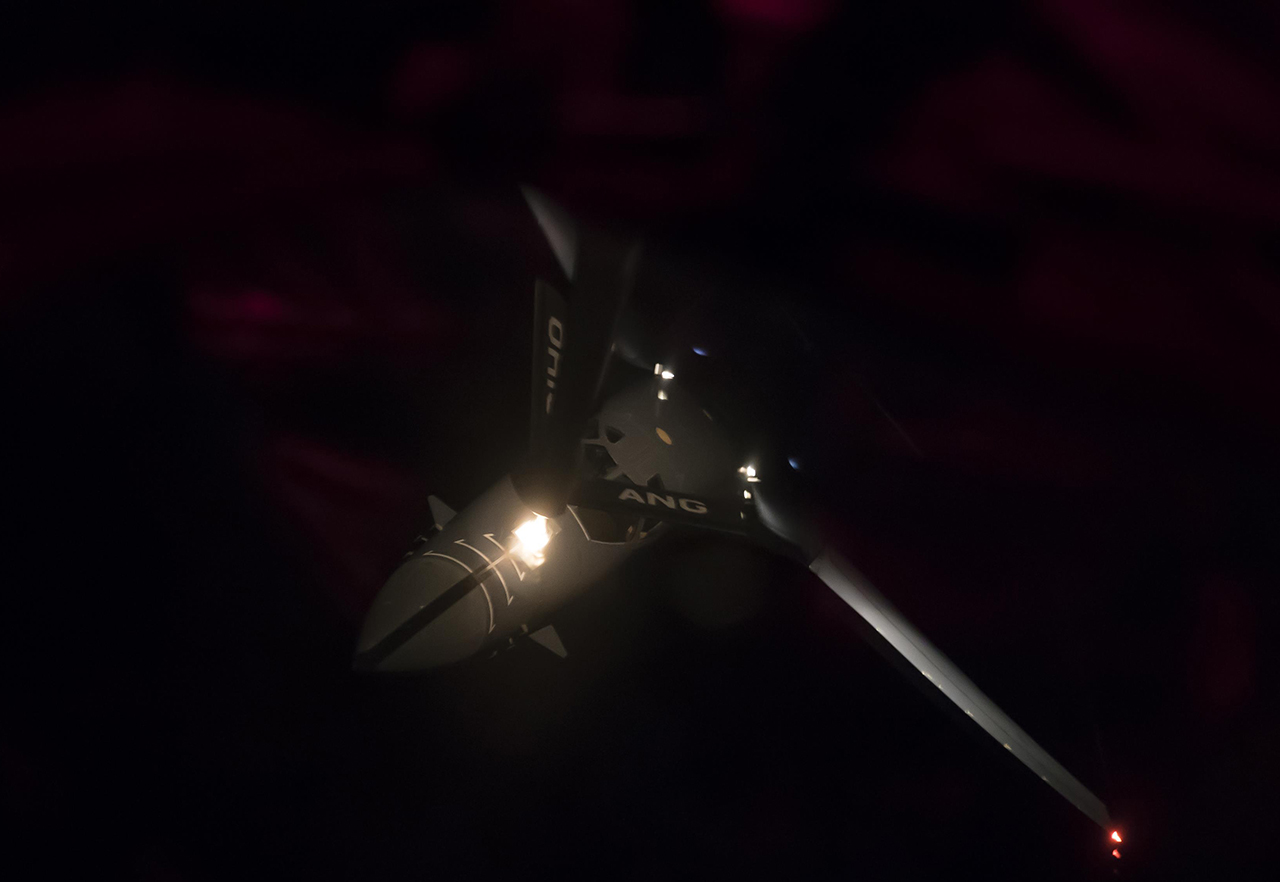This is the farthest north of the Demilitarized Zone (DMZ) any U.S. fighter or bomber aircraft have flown off North Korea’s coast in the 21st century.
On Sept. 23, hours after the latest threats from Kim Jong Un who said that Pyongyang will soon test a hydrogen bomb over the Pacific, U.S. Air Force B-1B Lancer bombers from Guam, along with U.S. Air Force F-15C Eagle fighter escorts from Okinawa, Japan, flew in international airspace over waters east of North Korea.
This time, the show of force is a bit more interesting than usual, for four reasons:
1) it is the farthest north of the Demilitarized Zone (DMZ) any U.S. fighter or bomber aircraft have flown off North Korea’s coast in the 21st century;
2) unlike all the previous ones, the latest sortie was flown at night, hence it was not a show of force staged to take some cool photographs;
3) no allied aircraft is known to have taken part in the mission at the time of writing, whereas most of the previous B-1 missions near the Korean Peninsula involved also ROKAF (Republic Of Korea Air Force) and/or JASDF (Japan’s Air Self Defense Force) jets;
4) it was a U.S. Air Force job: no U.S. Marine Corps F-35B stealth jet took part in the show of force this time, even though the STOVL (Short Take Off Vertical Landing) variant of the Joint Strike Fighter has taken part in all the most recent formations sent over Korea to flex muscles against Pyongyang. The photo here below shows the “package” assembled for Sept. 14’s show of force.

According to the U.S. Pacific Command, today’s mission is” a demonstration of U.S. resolve and a clear message that the President has many military options to defeat any threat. North Korea’s weapons program is a grave threat to the Asia-Pacific region and the entire international community. We are prepared to use the full range of military capabilities to defend the U.S. homeland and our allies.”
Top image shows a U.S. Air Force B-1B Lancer, assigned to the 37th Expeditionary Bomb Squadron, deployed from Ellsworth Air Force Base, South Dakota, receives fuel from a U.S. Air Force KC-135 Stratotanker Sep. 23, 2017. This mission was flown as part of the continuing demonstration of the ironclad U.S. commitment to the defense of its homeland and in support of its allies and partners. (Photo by Tech. Sgt. Richard P. Ebensberger)













